When your yard needs shade and there’s little time to waste, the search is on for tree options that will lessen the sun’s effect on your outdoor space! Today’s post is dedicated to fast-growing shade trees, and the featured selections below aren’t just filler trees. On the contrary, they each make a big impact in their own way! Read on for details and plenty of photos. Best of luck as you select a shade tree that’s perfect for your yard…
The Crape Myrtle
We begin with a flowering tree that often prompts people to say, “Look at those beautiful blooms!” Perhaps you’ve seen Crape Myrtles in a range of colors, such as pink, red and white. Below we see a Red Rocket Crape Myrtle on its way to becoming a larger tree. [photo from Wayside Gardens]
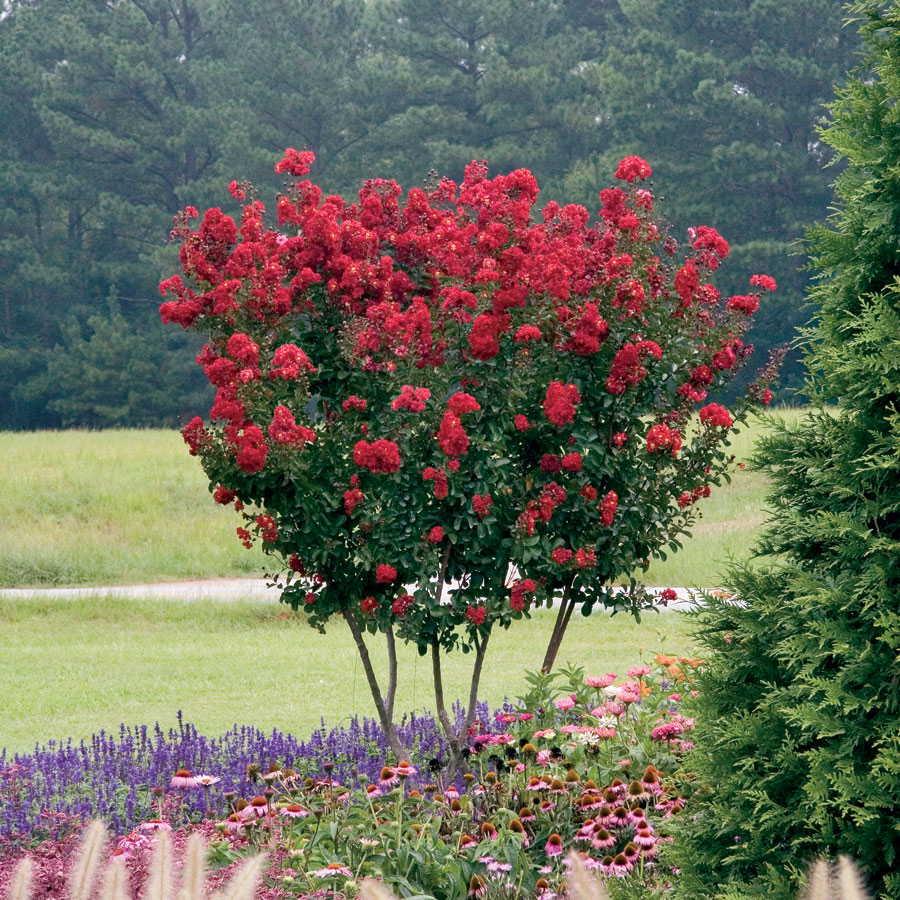
Some Crape Myrtles grow faster than others. Like the Red Rocket above, the Natchez Crape Myrtle is a popular choice for those looking for a quick-growing option. [photo from Columbia County Magazine]
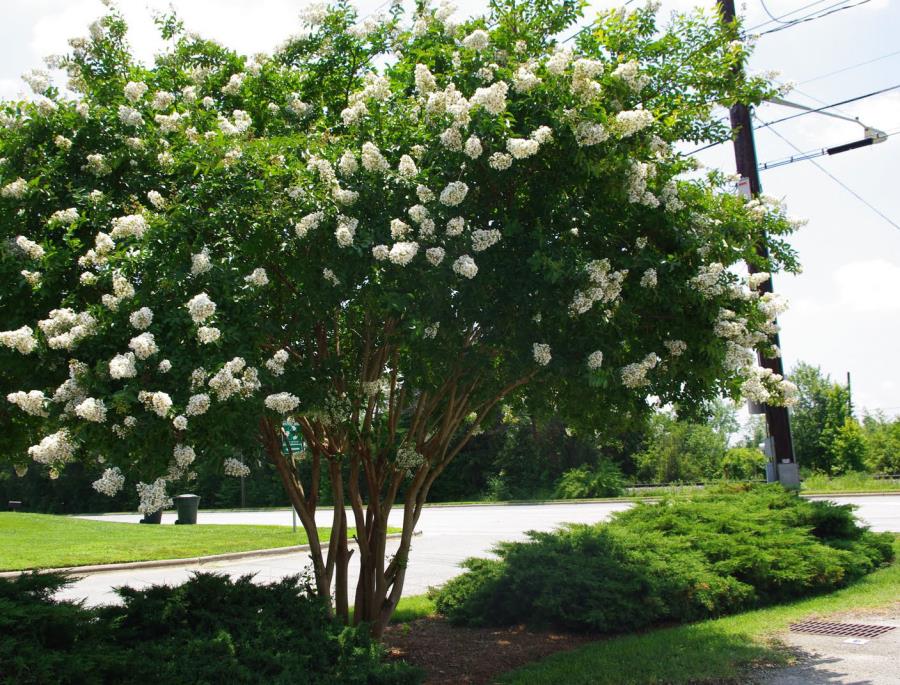
Did you know that Crape Myrtles have the power to bloom for 120 days?! They flower in the summer (and sometimes into the fall). That’s right: they’re low-maintenance and they love the sun! Here’s another Natchez Crape Myrtle, which adds charm to the cottage below. [photo from Mozaic Landscapes]
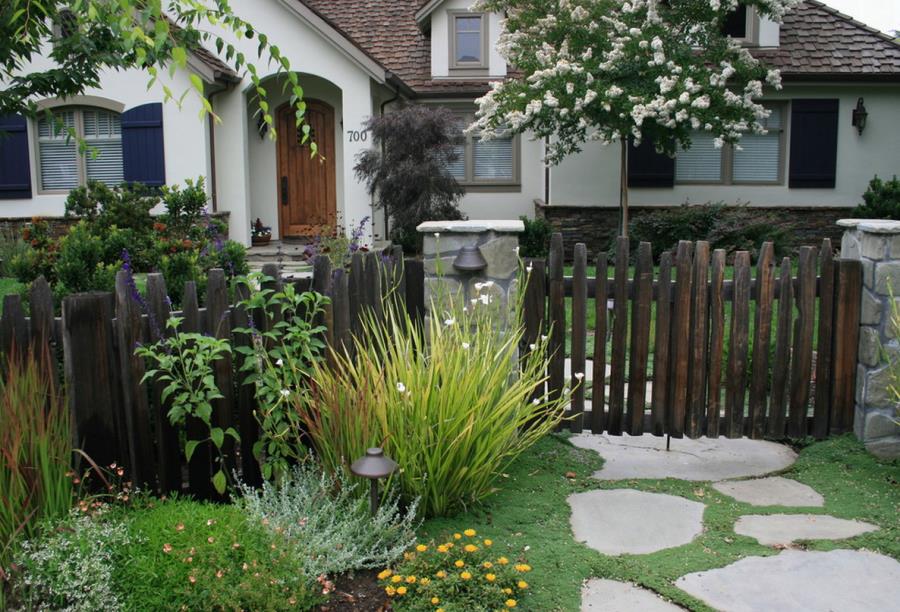
The Weeping Willow
The Crape Myrtle is a tough act to follow, but the Weeping Willow sure can hold its own! The tree’s characteristic “weeping” foliage is quite striking, and some say it adds a relaxed, serene element to any yard it inhabits. [photo from Temperature Climate Permaculture]

Since Weeping Willows grow quickly and definitely make a big statement, they aren’t ideal for small outdoor spaces. But they sure do add a green touch to yards that can handle their stature. The Weeping Willow in the image below is 30 years old. [photo by Mark Schwartz, from Ron Herman Landscape Architect]
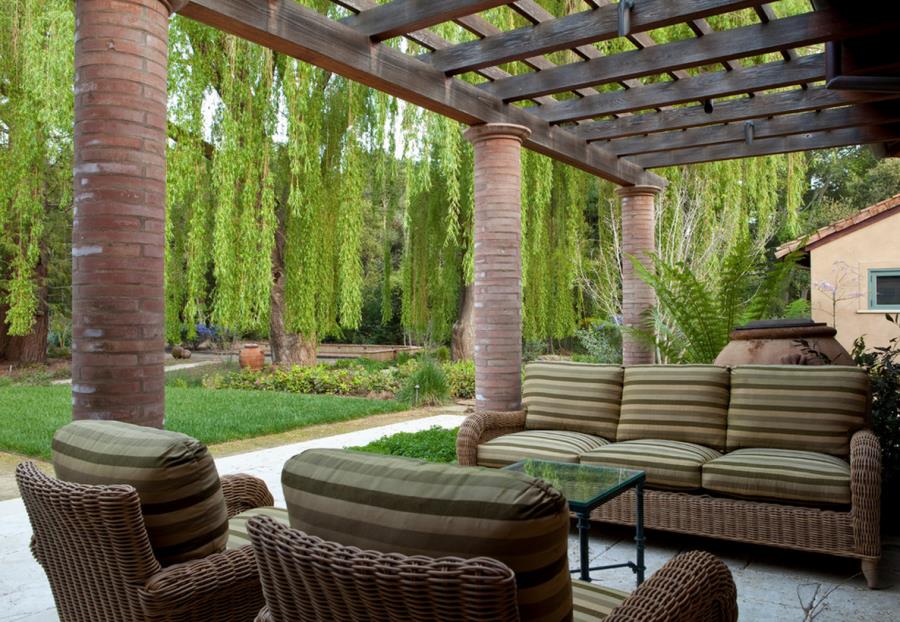
Thanks to their weeping branches, these trees provide an element of privacy, creating a curtain of greenery (which can come in handy if you’re trying to block out a view that is less than ideal). Plus, there’s just something magical about Weeping Willows, don’t you think?! [photo by Idha Lindhag, from A + B KASHA Designs]
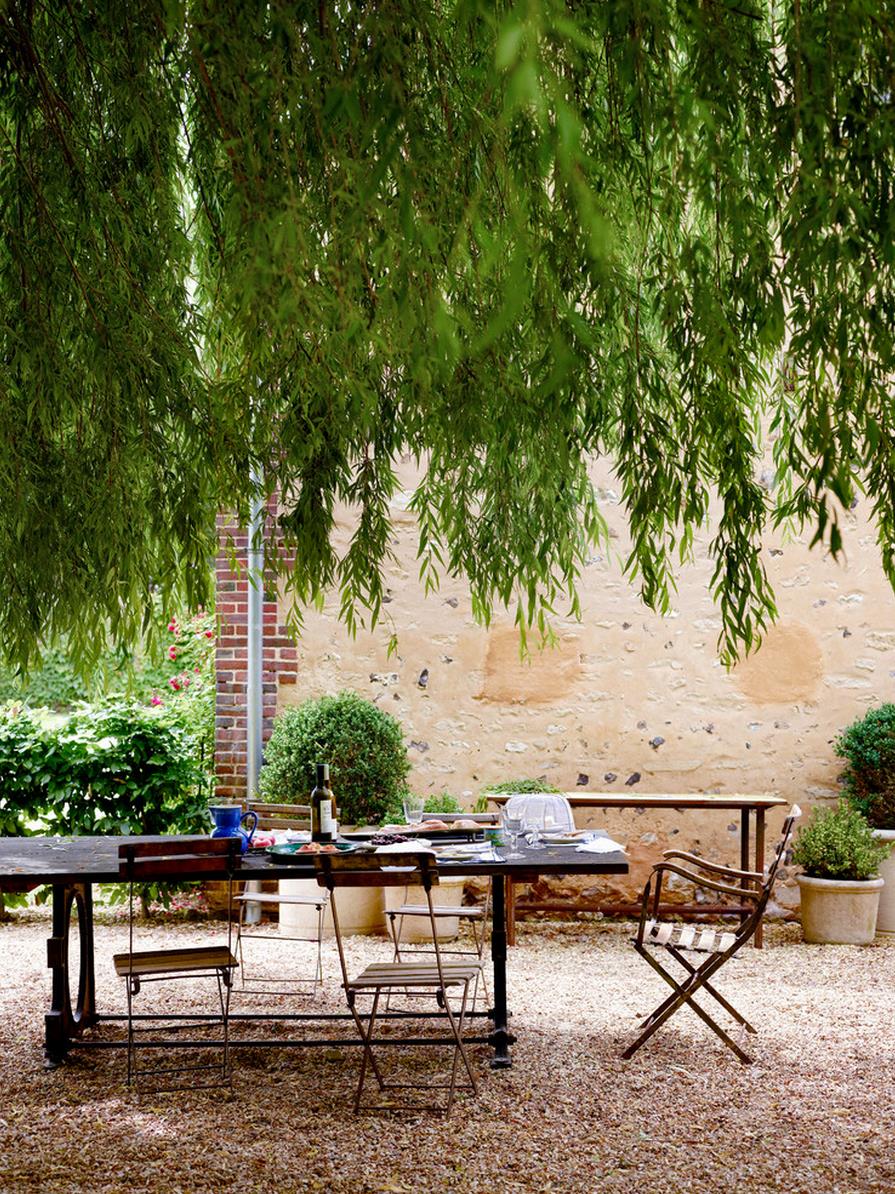
The Tulip Tree
Despite its name, the Tulip Tree does not in fact grow tulips. But it does grow quickly! Yes, this is a fast-growing shade tree that adds a thick display of foliage to your yard, as shown below. [photo from StPaul.gov]
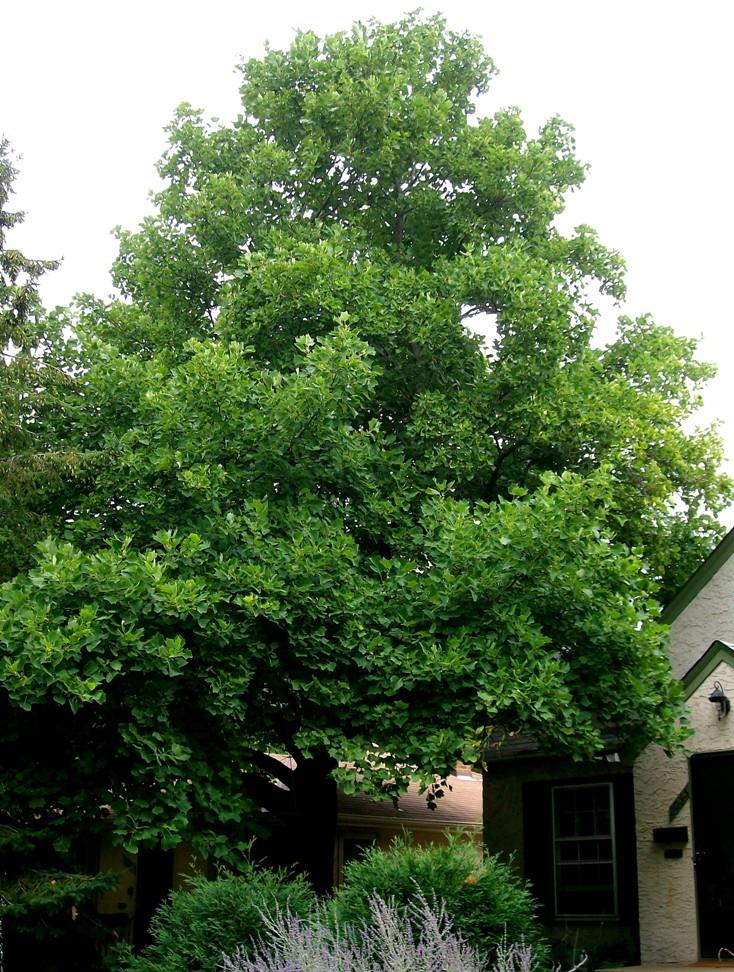
So just what is this tree named for? Its yellow tulip-like blooms! Note the interesting orange markings on the inside of each flower. In reality, the Tulip Tree is a member of the Magnolia family. [photo from Georgia Gardening]
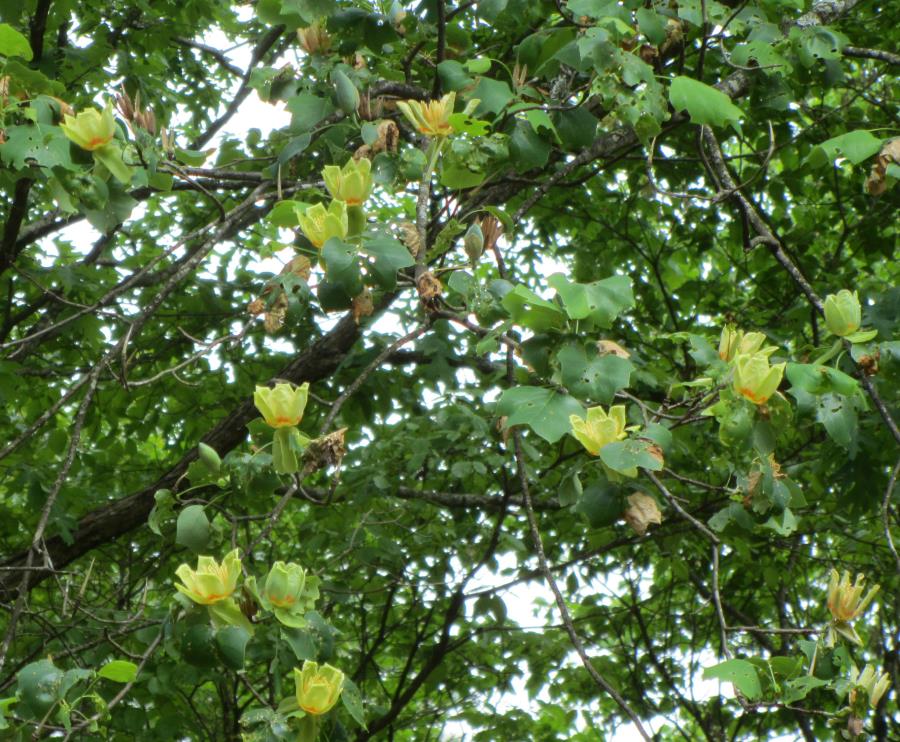
Tulip Trees can reach more than 100 feet in height (some can reach nearly 200 feet!), but the trees in the next image are still growing. We’re sure you’ll agree they’re a lovely addition to the manicured garden below. [photo by Howard Roberts, from Liquidscapes]
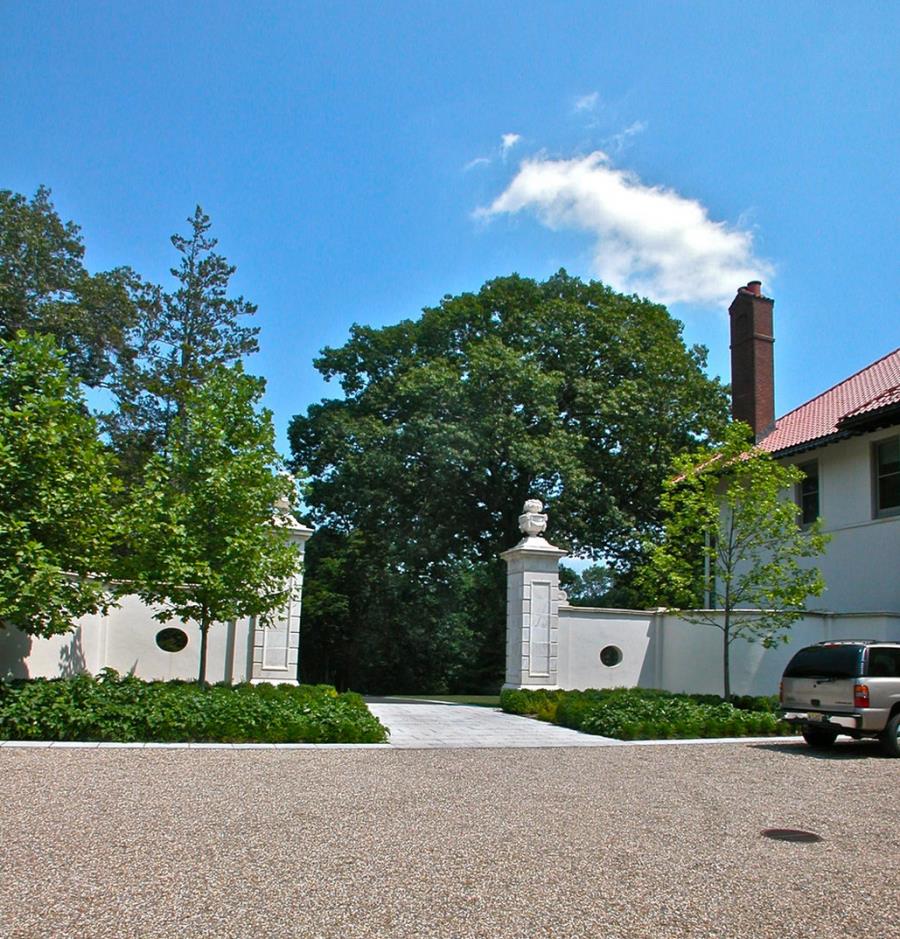
The Nuttall Oak
Last but not least, we shine the spotlight on the Nuttall Oak, which is a low-maintenance fast grower that produces plenty of acorns. [photo by Michael Rivera (CC BY-SA 3.0 [http://creativecommons.org/licenses/by-sa/3.0]), via Wikimedia Commons]
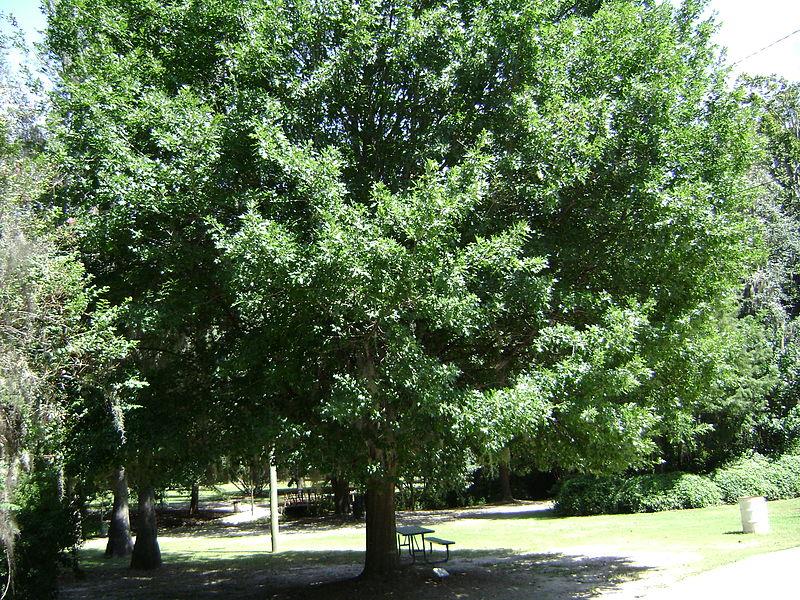
It also produces some amazing color in the fall. In the spring, the tree’s green leaves make a towering statement, offering plenty of shade and healthy growth. [photo from Christiana via Dave’s Garden]
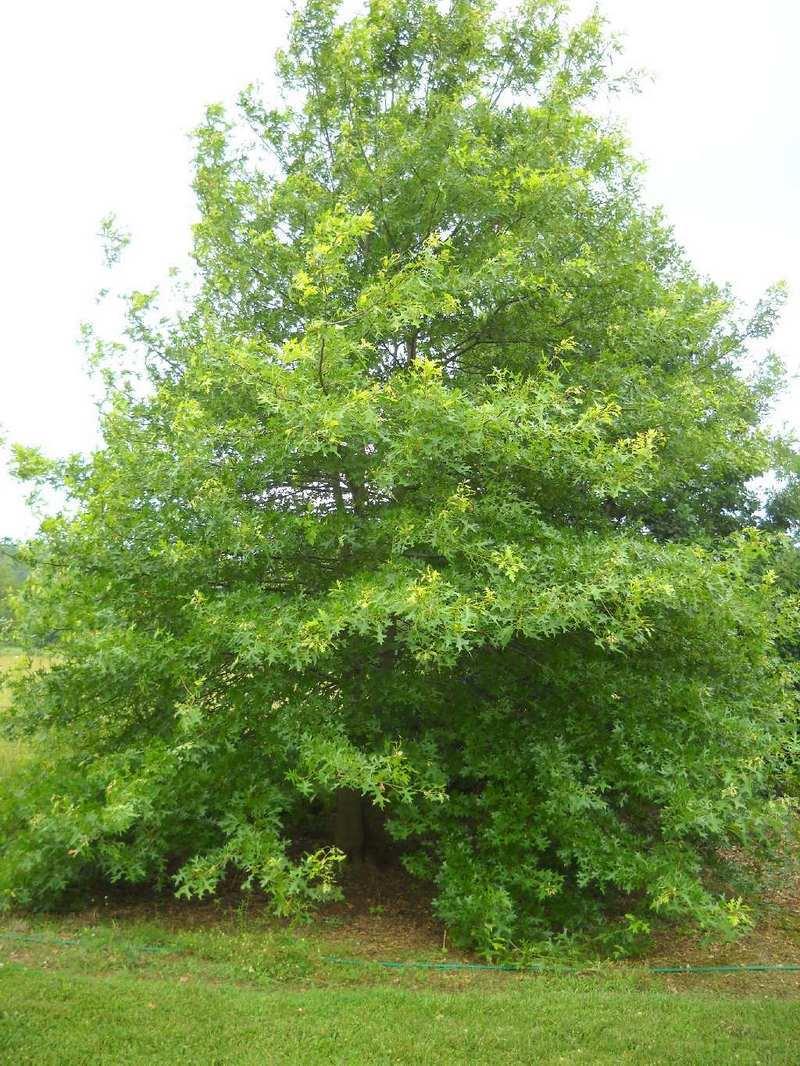
Behind every healthy leaf is a healthy branch, and this tree has no shortage of them. In fact, the Nuttall Oak is known for its branch development, even as a young tree. This means it has the power to look substantial as it becomes the tree it’s meant to be! [photo from the Flickr account of Paco Garin via Houzz]
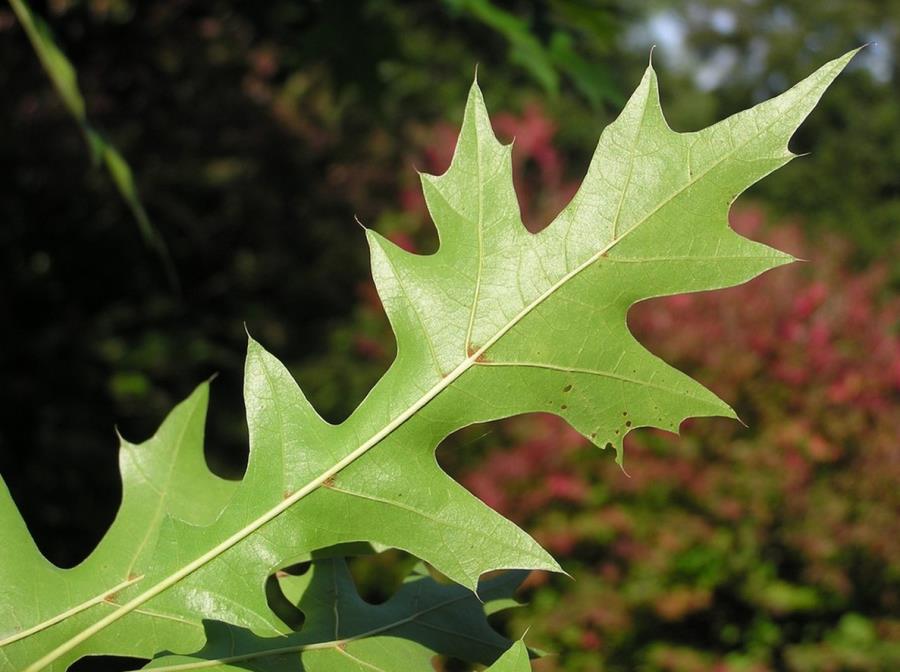
When it comes to shade trees, always do your research for details such as soil conditions, ideal climates, and whether or not a fast grower is meant for planting close to the house. Now tell us what you think: Do you prefer your shade trees to have seasonal blooms (such as Crape Myrtles and Tulip Trees)? Share your thoughts by leaving a comment below…












